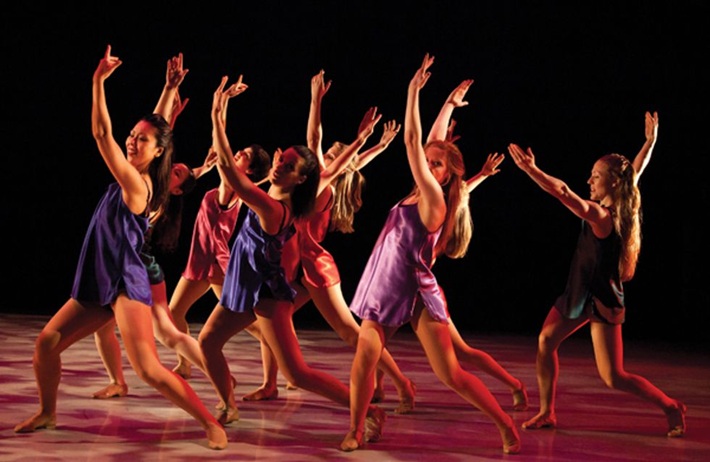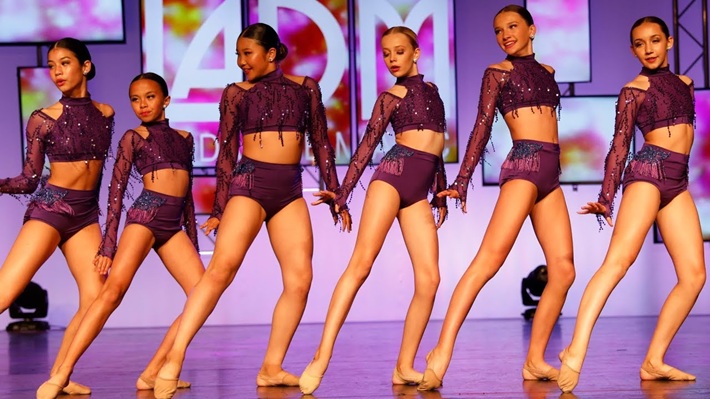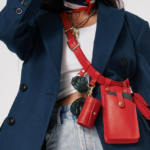When you hit the dance floor with energy and flair, what you wear impacts how you look and move. Whether you’re a seasoned performer or just starting, choosing the right outfit can boost your confidence and help you perform at your best.
Dancewear isn’t just about style; it should also be comfortable, flexible, and durable, so it can support your movements and keep you feeling great from warm-up to final bow. I’ll explore everything you need to know about selecting dancewear that combines both fashion and function, helping you stand out and move freely with every step.
Short History of Jazz Dancewear

Back in the roaring twenties, jazz music was shaking up fashion in a big way. Around 1921, the ‘drop-waist’ dress was introduced. These weren’t your typical fitted styles; instead, they encouraged freedom of movement, reflecting the lively, energetic dance styles of the time. Dresses started to lose their defined waists and became more like loose, shift-like silhouettes, with skirts hitting right around the knees to keep things practical for all the dancing.
Picture an evening dance scene from that era: women wearing sleeveless mesh dresses that shimmered with gold sequins, featuring low V-shaped necklines that added a touch of glamour. The bodices were loose enough to move comfortably, and the skirts flared out just enough to catch the eye and let dancers spin with ease. To finish off the look, gold kid leather shoes, a chic matching handbag, and strands of pearls were the must-have accessories that made the whole outfit pop. It was a style that perfectly captured the spirit of the time.
Modern Outfits
Today’s outfits have come a long way from the glittery mesh dresses of the 1920s. These days, dynamic jazz dance costumes move with the dancer. Think sleek, stretchy materials that hug the body just right, allowing freedom to twist, turn, leap, and kick without anything getting in the way.
Because the choreography often features sharp, defined movements and strong lines, the outfit shouldn’t obscure form. That means anything bulky or loose is generally out, and fabrics that flex and breathe are very much in.
While some dancers still go for the classic tights and leotards, many now prefer pants with a bit more shape. Flares or boot-cuts are especially popular because they don’t get in the way of ankle articulation. Others like to switch it up with dance shorts or capris paired with a snug tank or tee that stays put no matter how wild the routine gets.
And when it comes to color or design, anything goes, including bold patterns, vibrant hues, mesh panels, and even metallic finishes. The goal is to feel confident and unrestrained, while also letting the outfit enhance the movement rather than compete with it. It’s dancewear that works as hard as the performer does.
Presence of Colour
When it comes to jazz dance costumes, colour isn’t just decoration, but part of the performance. Bright, eye-catching shades aren’t chosen randomly. They’re coordinated to enhance the group’s visual impact and bring rhythm to life through movement.
In group numbers, bold hues often work in harmony. They create a cohesive look that also keeps the audience’s focus on the energy of the routine. And for theme-driven choreography, colour choices can reflect the emotions or story being portrayed, deepening the audience’s connection to the performance.
Outfits themselves offer freedom to move, to express, and to stand out. Whether it’s a shimmering crop top or a sleek halter, dancers tend to go for fitted pieces that won’t get in the way during a fast-paced routine. Materials like Lycra and Dry Fit are favourites for their stretch and comfort, especially when paired with shorts, flared pants, or tights that allow a full range of motion. And then there’s the sequins, glitter, and crystals that take the costume to the next level.
Footwear
So, what shoes can you wear for jazz dance? When it comes to choosing the right footwear for this dance style, there’s a surprising amount of detail packed into those simple-looking shoes. While they might resemble ballet flats at first glance, the difference is all in the design.
From the snug fit to the split-sole construction that lets your foot move freely, every element is crafted for flexibility and control. Some styles even include added heel support for shock absorption, or suede patches under the ball of the foot to make spins smoother.
Materials like leather tend to last longer, while canvas can be a bit more budget-friendly. And if you’re after that barefoot look without sacrificing comfort, lyrical shoes are becoming a go-to option for both classes and performances. At the end of the day, a well-fitted shoe should feel like a natural extension of your foot. It’s supportive, flexible, and comfortable enough to move effortlessly.
Trends and Ideas

Jazz-inspired outfits turn up the energy and let the outfit speak just as loudly as the moves. Whether you’re going for vintage glam or edgy modern flair, there’s no shortage of inspiration to step out in style. Here are a few bold outfit ideas to light up the stage:
- Leotards: Think halter necks, bright bold tones, metallic accents, and even playful touches like bow ties or long gloves. It’s the classic base, with a personality twist.
- Unitards with attitude: Take a cue from the ’80s with printed styles in vivid colours and foil belts. Flares at the ankles not only bring the drama but also highlight every move you make.
- Rockstar vibes: Stretch-crepe shorts paired with stockings, a garter, and a sequined vest-style top bring serious edge. Top it off with a beret, a choker, and sparkling faux gems to complete the look.
- Sixties shimmer: A short, fringed sheath dress in gunmetal with mesh tights and heaps of sparkle gives off major retro glamour. Add gloves and a chic headpiece to go full vintage.
- Tailored flair: A sleek leotard paired with a fitted jacket featuring satin lapels and tails delivers elegance with a theatrical twist. Finish with gloves and a top hat for that show-stopping moment.



